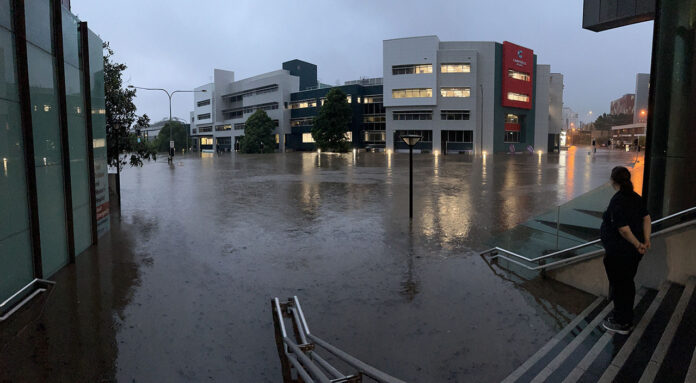
As east coast residents wait for the floods to subside, pharmacists discuss the devastating impact on their homes, pharmacies and patients.
‘Catastrophic’ is how Jaga Maitland-Smith MPS described the situation on the ground in Lismore in northern New South Wales.
Mr Maitland-Smith owns three pharmacies in the area, all of which are currently underwater – even the one located on the second storey of Lismore Central Shopping Centre.
‘The ones on the ground level are flooded all the way up past the roof tiles,’ Mr Maitland-Smith told Australian Pharmacist. ‘It’s literally biblical, Noah’s Arc kind of stuff.’
Warnings were issued when it was estimated that the Wilson River would top the levee, with flood levels expected to reach 9.7–10.6 metres. But at 14.4 metres, the floods have now reached the highest level in almost 50 years.
‘Pharmacies and other businesses moved their equipment to a height where it was above the last 2017 flood height,’ Mr Maitland-Smith said.
‘But once the announcement was made that it was going to go well above that level, and the whole CBD was blocked off by the SES and local council, people realised they wasted all that hard work and would lose their stuff anyway.’
Mr Maitland-Smith, who moved to Townsville 3 months ago, said none of his Lismore-based pharmacies are covered by flood insurance policies.
‘You can’t get flood insurance in Lismore because it’s a flood bowl,’ he said. ‘But the real issue is the extreme difficulty for patients beyond the initial flood, because a lot of [pharmacies] will lose all of their computer and electronic equipment to service their needs without servers, computers and patient records.’
The aftermath
Right now, it is a ‘waiting game’ until the water recedes and Mr Maitland-Smith’s business partner, Kyle Wood, and staff can return to the premises and establish a way to operate.
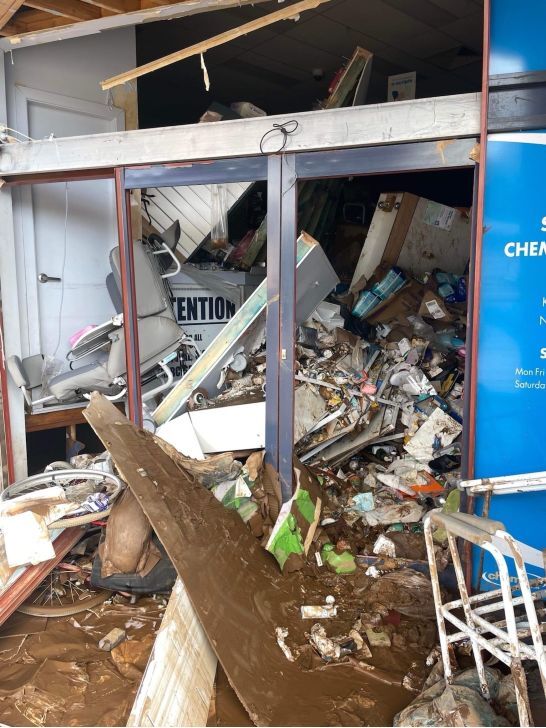
‘One pharmacy, for instance, has $80,000 worth of computer equipment. The server alone, which will be destroyed, was $20,000,’ he said. ‘So to replace all the printers, computers and required infrastructure to dispense scripts is going to be tricky.’
With the pharmacies likely to be covered in mud, the staff will have to throw out all the medicine, clean the walls with a pressure hose, sanitise the surfaces and work to support patients who keep scripts on file.
‘Once that’s accomplished and power to the city is restored, we’ll have to find some computers to operate with so they can resume services,’ he said.
When delivery trucks can get through, Mr Maitland-Smith will place orders with the pharmacies’ wholesale providers to replenish medicine stock.
‘What generally happens is, as soon as you start operating again, the phone runs off the hook and everyone’s trying to get their medicines,’ he said. ‘A lot [of patients] have to be diverted to the hospital, [which] will also be affected.’
Mr Wood runs a methadone clinic out of one of the pharmacies that services 50 patients, all of whom Mr Maitland-Smith anticipates will be redirected to the local hospital.
‘There won’t be any other facility in town that will be able to cope,’ he added.
‘Without their records, or stock to give them that has not been damaged or compromised, it’s a fairly impossible situation.’
Hospital pharmacists left stranded overnight
Further north in Brisbane, where eight people have died and up to 15,000 homes have been affected, Kylie Mueller, a hospital pharmacist at the Royal Brisbane and Women’s Hospital in Herston, was stranded at the hospital overnight with three other pharmacists.
‘On Sunday morning, there was already a little bit of flooding around the entrance to the hospital,’ she said. ‘But come 11.00 am, I couldn’t get home after that.’
The team spent the night sleeping on gym mats in the pharmacy department in surgical scrubs, after attending a dinner with hospital staff.
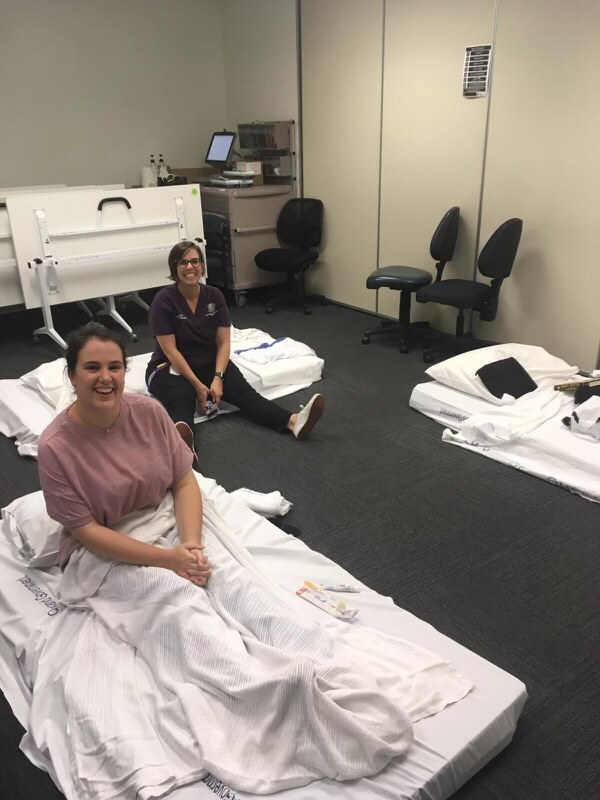
‘The hospital put out [a spread of] roast veggies and meat for us in the doctors’ lounge,’ she said.
‘There were doctors, nurses, cleaners, physios, pharmacists, administration officers – anyone who was stranded was welcome to go up there.’
That evening, the pharmacy team helped with the supply of medicines to staff who were without their usual medications.
‘We had one of the doctors sorting out who needed what and the three of us were dispensing and supplying medicines to staff members,’ she said.
The next day, the team had to figure out how to get medicines across to Bribie Island, which was isolated after the roads were cut off.
‘We worked with a community pharmacist over there, who was our point of contact to receive medicines and help out with distribution from their side,’ she added.
‘It was pretty incredible work all around, with the teams coming together in the face of adversity.’
With floodwaters now receding, hospital pharmacist Hannah Knowles MPS, who also works at the Royal Brisbane and Women’s Hospital, said the spectrum on antibiotics has been extended to cover water-based and sewerage-based organisms.
‘If you have cut your hands or legs on any debris that’s been exposed to the floodwater, it puts you at high risk,’ Ms Knowles said.
With many community pharmacies and GP clinics closed, Ms Knowles said there has been more reliance on the hospital system for regular medicine supply including one patient who lives with an intellectual disability and uses a dose administration aid.
‘His carer was also unable to go out and help with his medicine,’ Ms Knowles said. ‘So [the patient] presented to the hospital, we organised medicines for him to go home, and simplified what he was taking.’
Continued dispensing vital
Over in Arana Hills, Karen Brown MPS had to close her pharmacy early on Sunday due to rising floodwaters.
‘We closed at 1.00 pm instead of 8.00 pm, just so my staff could get home. It was quite a challenge for some of them because it just rose so quickly,’ she said.
‘It came into the car park. Our section was fully flooded and there were a few stranded cars.’
With floodwaters in the area receding on Monday, Ms Brown and her staff were able to make it into the pharmacy. Much of the day was spent catering to patients who were stranded due to the flooding.
‘I’ve had a few people [come in] who are not traditionally from our area, but have been stuck here,’ she said. ‘There’s also a lot of doctors closed [on Monday], so we’ve been dealing with phone orders from them, and [managing] continued dispensing.’
Ms Brown highlighted the importance of expanded continued dispensing arrangements during emergencies.
‘One patient was evacuated from a nursing home and had to relocate to stay with family near our pharmacy,’ she said.
The patient takes medicines to lower blood pressure and cholesterol, as well as antidepressants.
‘We worked with the [the patient’s] normal pharmacy to assist with continued dispensing to help this patient get their medicines,’ Ms Brown said.
Ms Brown also said the floods served as a reminder for patients to ensure they have at least a week’s worth of medicines at home.
With Continued Dispensing rules set to expire on 30 June 2022, PSA National President Associate Professor Chris Freeman said the floods were a timely reminder the rules need to be made permanent.
‘One of the greatest public policy initiatives to come from the 2019/2020 bushfires and the pandemic has been the ability for Australians to access lifesaving medicines from their pharmacist without a prescription under the Pharmaceutical Benefits Scheme during an emergency,’ he said.



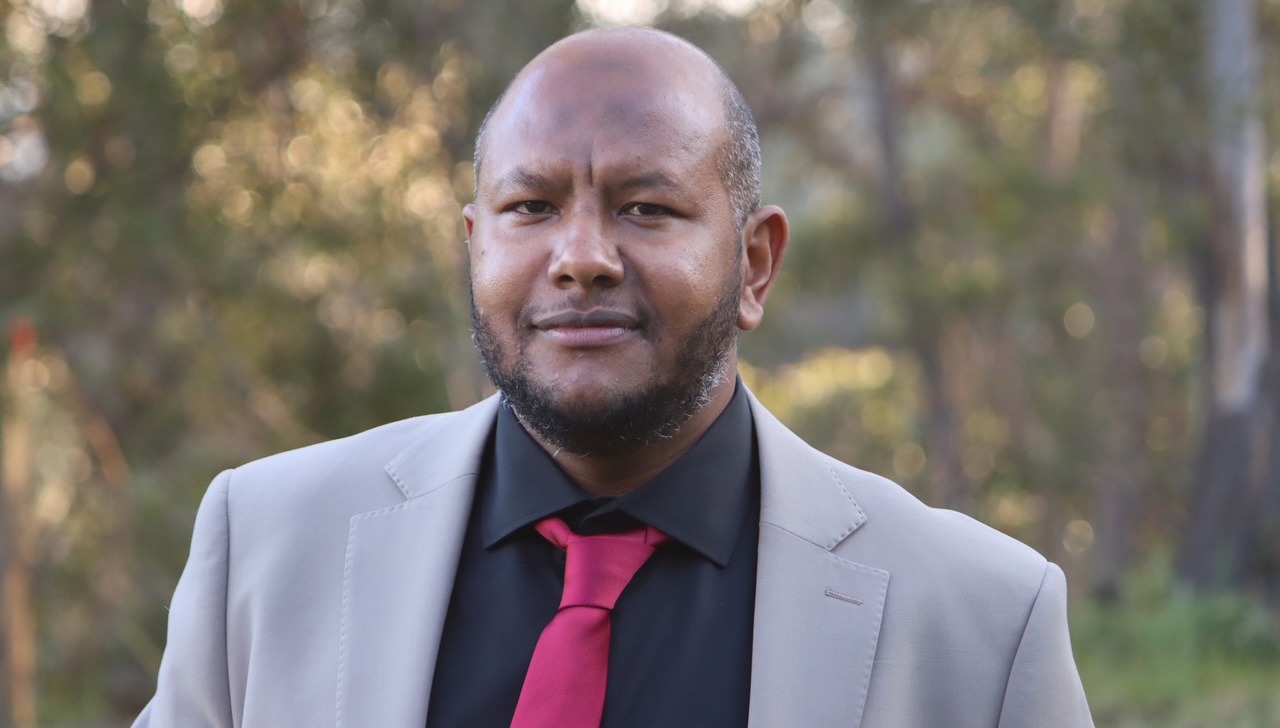 Now a PhD candidate, former Sudanese refugee and NSW Pharmacist of the Year
Now a PhD candidate, former Sudanese refugee and NSW Pharmacist of the Year  David North OAM
David North OAM NSW Early Career Pharmacist of the Year Lily Pham
NSW Early Career Pharmacist of the Year Lily Pham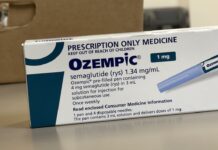



 Professor Stephen Nicholls[/caption]
Professor Stephen Nicholls[/caption]




